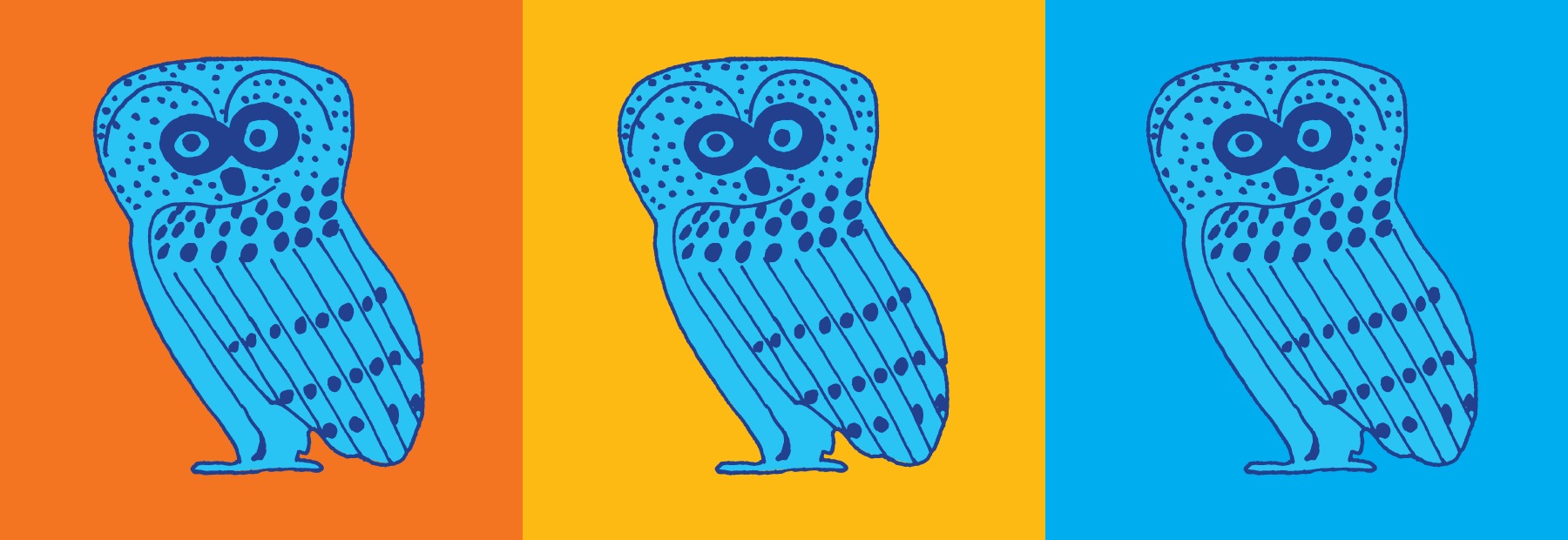
smARTy packs
Online
SmARTy Packs are now online!
Cash Cowries
A look at cowrie shells
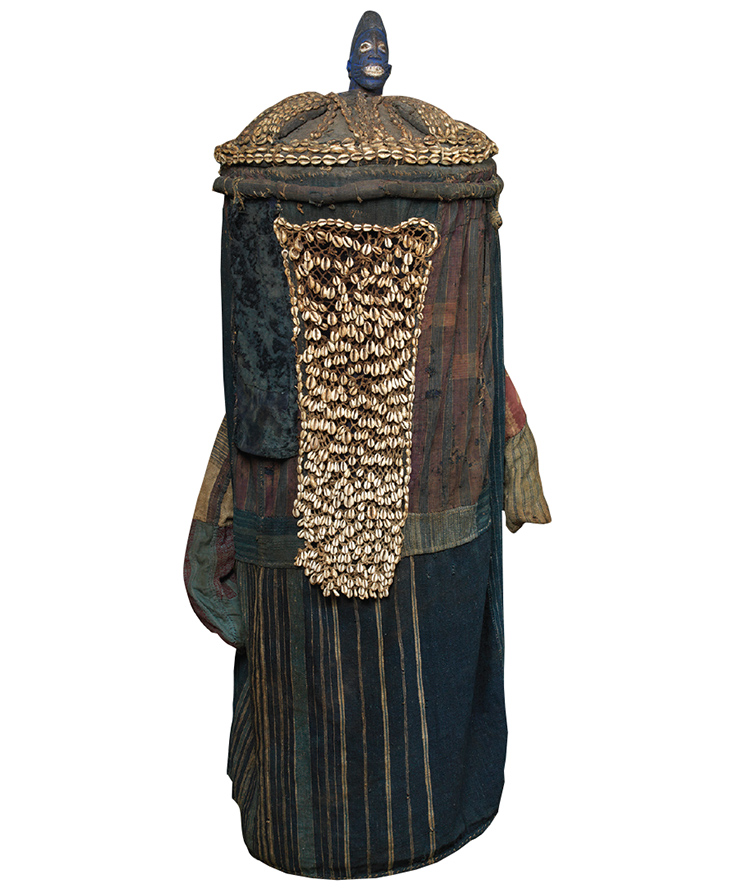
This Egungun was made by the Yoruba people of Nigeria. Yoruba men belonging to the Egungun Society wear and perform the Egungun at funerals and annual festivals. As the “talking drums” begin to speak and the dancer begins to move, his identity is displaced and the Egungun gives physical form to the spirits of the ancestors.
Egungun are constructed by sewing together colorful panels of different kinds of fabrics, which are then sewn on to a wooden form for support, like the circular one here. Imagine you are the dancer concealed within this Egungun. Where would you put your arms? How would you be able to see?
Look closely at the small, oval-shaped white objects that adorn the top and front panel of the Egungun. Can you tell what they are?

These small white shells are known as cowries. A cowrie is the shell of a tiny mollusk, or sea snail, that lives in the tropical waters of the Pacific and Indian Oceans.
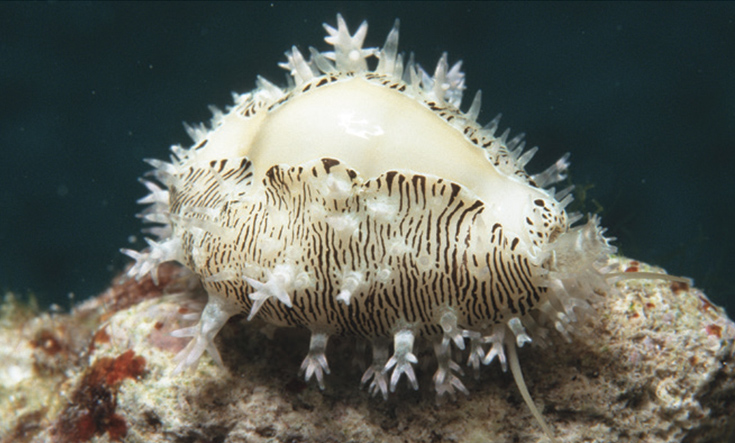
Look closely at the shell’s oval form, its smooth surface with an opening on one side, and the toothed edge of that opening.
Choose just one of the shells on the Egungun and try drawing your own.
Cowrie shells have always been highly valued by many African cultures, and have had multiple uses throughout history. They are made into jewelry and hair ornaments, sewn onto prestigious garments, used in religious rituals and as protective amulets, and up until the late 19th century they were even used as money. Small, lightweight, easy to handle and difficult to counterfeit, these durable shells had all the qualities necessary for use as currency. They were so widely used that the name Monetaria moneta or “money cowrie” was given to the sea snail.
Though cowrie shells are no longer used as currency in Africa, they still carry an association with money and wealth. In Ghana, their history is honored on a 20-cedi coin. Cedi, the Akan word for cowrie, is the unit of currency in Ghana.
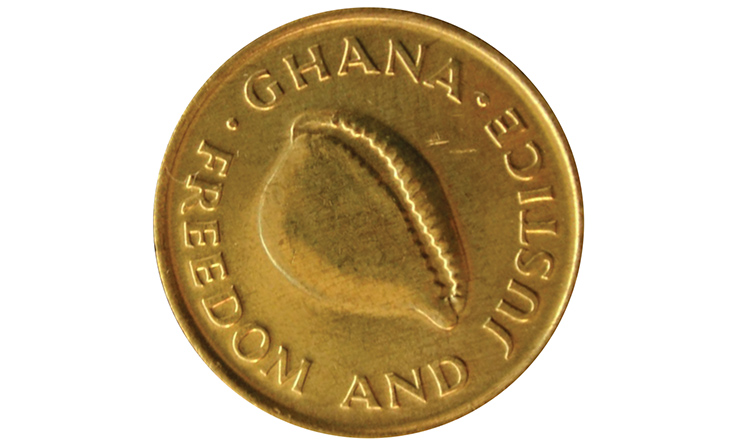
In Benin, the giant cowries that decorate the exterior of the Central Bank of West African States are reminders of the shell’s historic importance.
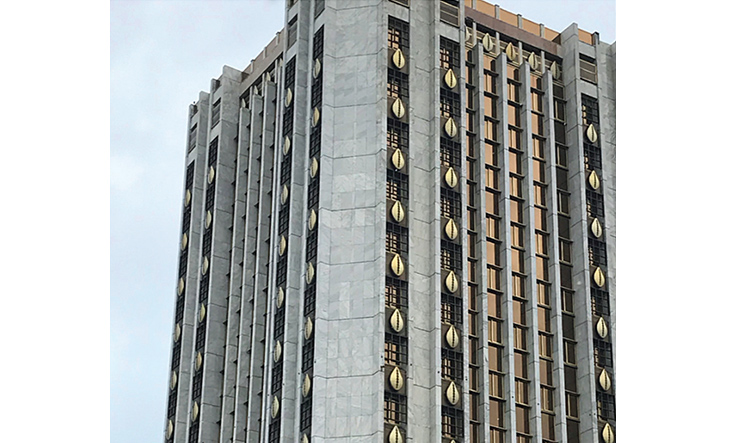
The Hausa people of northern Nigeria have a proverb about the shells and their value: “Whoever is patient with a cowrie shell will one day have thousands of them.” What do you think that means?
Cowrie shells are still used today in Yoruba divination rituals. In one Yoruba tradition called merindinlogun, which literally means “four taken from 20,” a diviner communicates with the 16 original orishas (ancestor spirits) by casting 16 cowrie shells on a carved wooden tray as he poses a question about the future. The cowries, called “the mouth of the orishas” answer the diviner by landing either face up (positive) or face down (negative).
The cowrie shell’s connections to prosperity and destiny make it a popular material for use in jewelry and other forms of adornment for both people and for works of African art, from simple bracelets and necklaces to elaborate garments and headdresses.
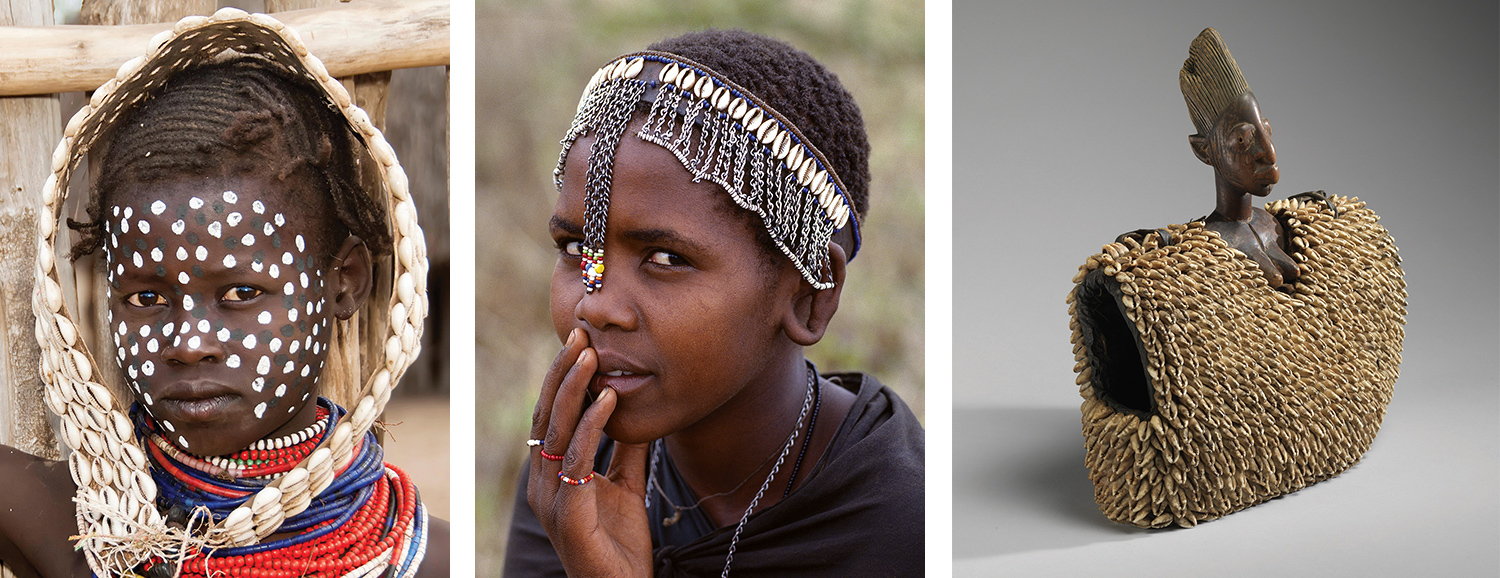
Atlanta artist Fahamu Pecou used cowrie shells in this work. The New World Egungun is made from panels of white cloth, a contemporary version of the historical Egungun the Carlos Museum's African collection.
Pecou’s Egungun honors young Black men who have died by violence in recent decades, and like the traditional Yoruba version, this Egungun gives physical form to their spirits. Look closely to read the names of these young men printed on the Egugun panels.
The headpiece of the New World Egungun takes the form of a hoodie, which has become a symbol of the young Black men slain by police in recent years. The figure also wears Nike sneakers, which hints at sneaker culture and contemporary fashion.
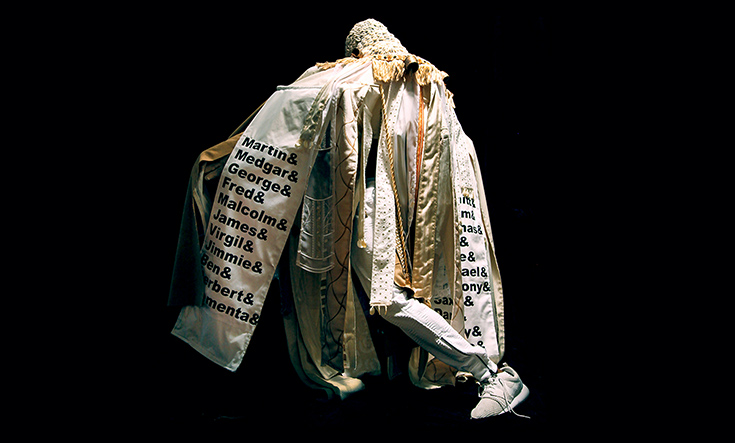
Like other Egunguns, Fahamu Pecou's 21st Century Egungun was activated through procession, music, and dance. In 2016, Dr. Pecou performed the Egungun in Charleston, SC to honor the spirits of the young black men whose names appear on its panels.
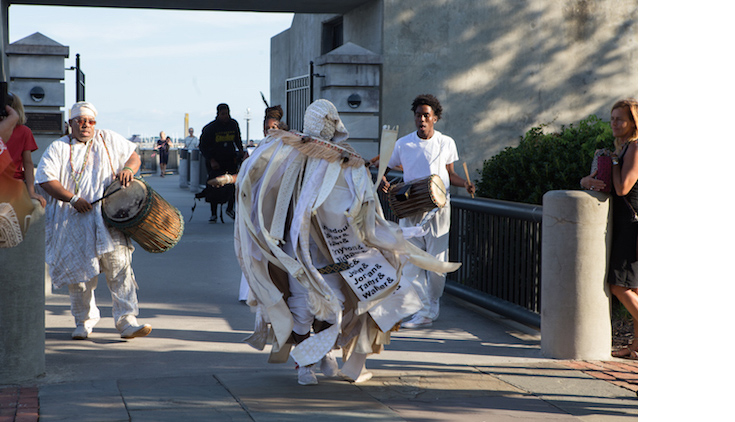
Image: Jess Spence
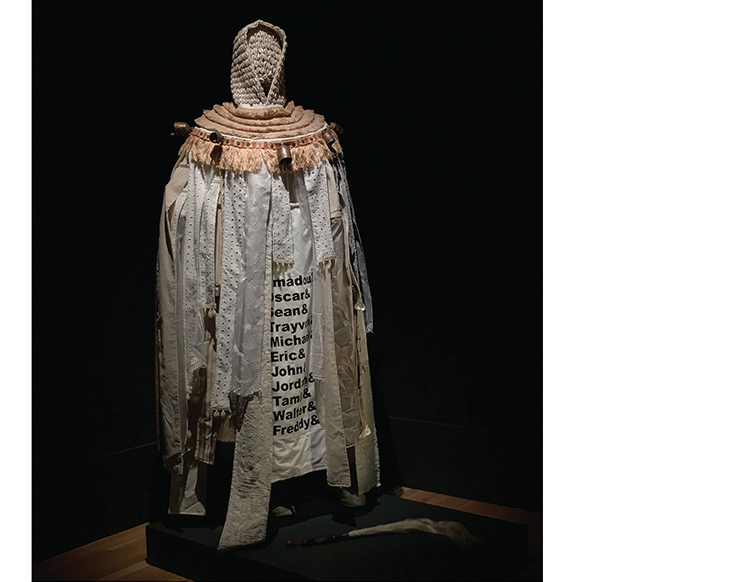
Where do you see cowrie shells on this Egungun? In the elaborate headpiece on the New World Egungun, Pecou reminds us of the historical African associations of cowrie shells with wealth, prosperity, and even protection, but he also makes connections to contemporary American culture as well. Compare the cowrie shell headdress to this mask worn by rapper Kanye West in concert. How are they similar? How are they different?
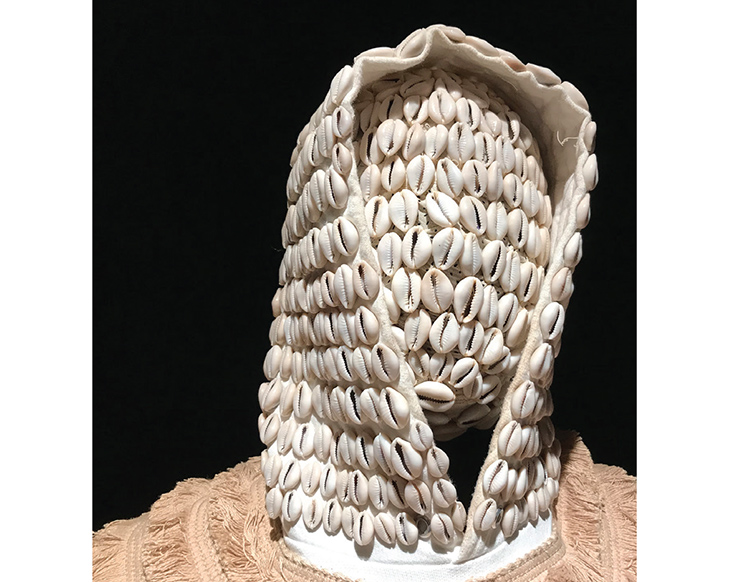
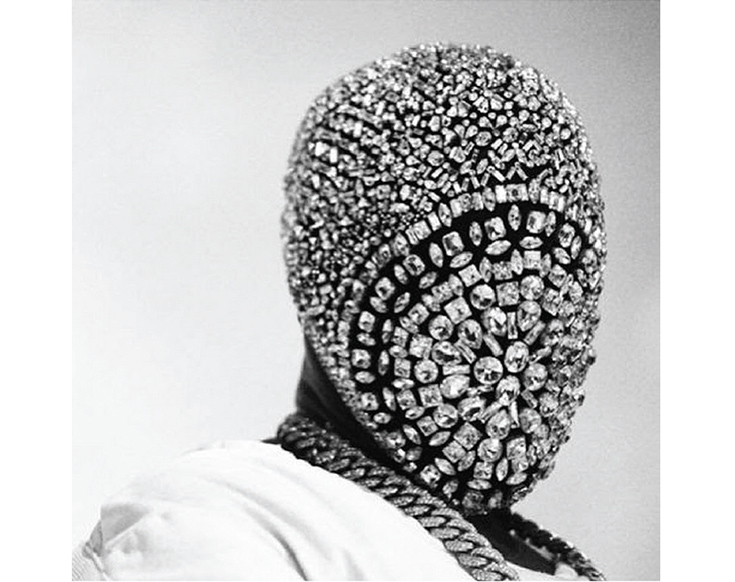
Many contemporary artists and fashion designers use cowrie shells in their designs. Check out these works by Lafalaise Dion, a fashion designer from the Ivory Coast, whose cowrie masks have been worn by Beyoncé.




